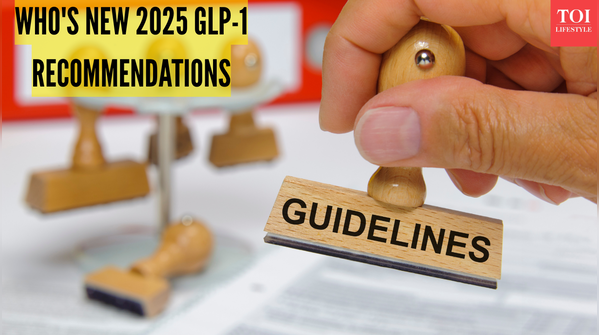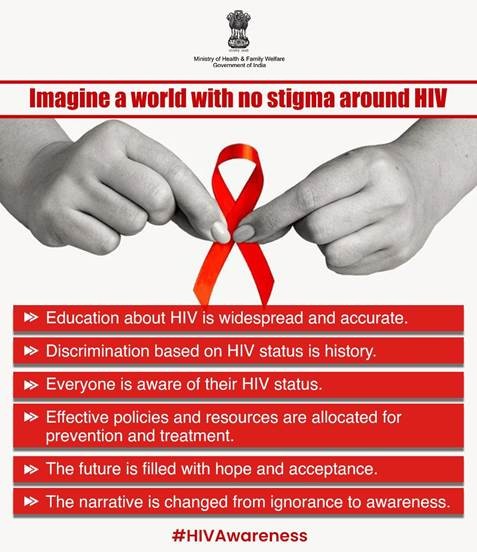





Disclaimer: Copyright infringement not intended.
Context:
What is vaccine-derived polio?
Why Does Vaccine-Derived Polio Occur?
VDPV cases can arise under specific conditions:
Key Points:
Mitigation Strategies
To prevent and manage VDPV cases, several strategies are being employed:
KEY FACTS ABOUT POLIO
|
About |
Polio is a viral infectious disease that affects the nervous system, potentially causing irreversible paralysis and even death. |
|
Causative Agent |
Poliovirus, an RNA virus belonging to the Picornaviridae family. |
|
Wild Poliovirus Strains |
Wild Poliovirus Type 1 (WPV1): The most virulent strain and the one most commonly associated with outbreaks. Wild Poliovirus Type 2 (WPV2): Declared eradicated globally in 2015. Wild Poliovirus Type 3 (WPV3): Declared eradicated globally in 2019. |
|
Transmission |
Primarily through the fecal-oral route; the virus multiplies in the intestine and can invade the nervous system. |
|
Affected Population |
Predominantly children under five years of age. |
|
Symptoms |
Most infections are asymptomatic; symptomatic cases may experience fever, fatigue, headache, vomiting, neck stiffness, and limb pain. In severe cases, it can cause paralysis. |
|
Vaccines Available |
Oral Polio Vaccine (OPV): Administered as a birth dose, followed by three primary doses at 6, 10, and 14 weeks, with a booster at 16-24 months. Injectable Polio Vaccine (IPV): Given as an additional dose with the third DPT vaccine under the Universal Immunization Programme (UIP). |
|
India’s Polio-Free Status |
India was declared polio-free by the World Health Organization (WHO) in 2014, with the last wild poliovirus case reported in 2011. |
|
Global Polio Eradication |
Efforts to eradicate polio began with the launch of the Global Polio Eradication Initiative (GPEI) in 1988. As of now, WPV1 remains endemic in just two countries: Afghanistan and Pakistan. |
|
Vaccine-Derived Poliovirus |
In rare cases, the weakened virus in OPV can mutate and lead to vaccine-derived poliovirus (VDPV), which can spread in under-immunized populations. |
|
Polio Surveillance |
Surveillance of acute flaccid paralysis (AFP) cases is critical for monitoring and detecting poliovirus transmission. |
|
Recent Challenges |
Vaccine hesitancy, conflict areas, and migration continue to pose challenges to polio eradication efforts globally. |
|
Future Goals |
Complete eradication of WPV1 and continued surveillance to prevent re-emergence of polio. |

Conclusion
KNOW IN DETAIL ABOUT INDIA’S SITUATION AND POLIO- https://www.iasgyan.in/daily-current-affairs/polio
WILD POLIO- https://www.iasgyan.in/daily-current-affairs/wild-polio
Reference
|
PRACTICE QUESTION Q . With reference to Vaccine-Derived Poliovirus (VDPV), consider the following statements:
Which of the above-given statements is/are correct? A. 1 only B. 2 only C. Both 1 and 2 D. Neither 1 nor 2 Answer: A IPV does not carry a risk of causing vaccine-derived polio because it uses a killed virus. |






© 2025 iasgyan. All right reserved